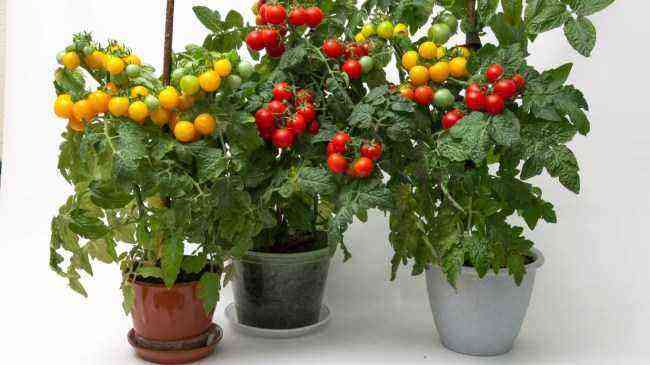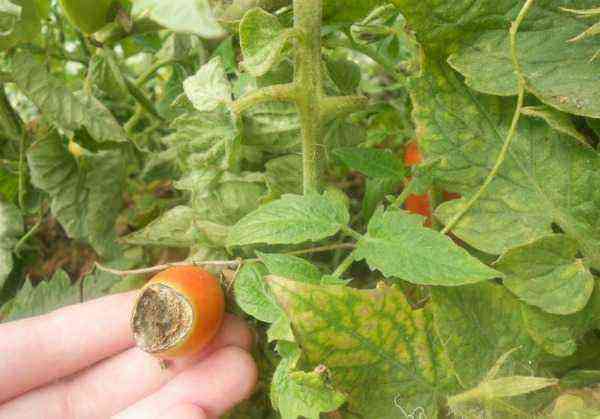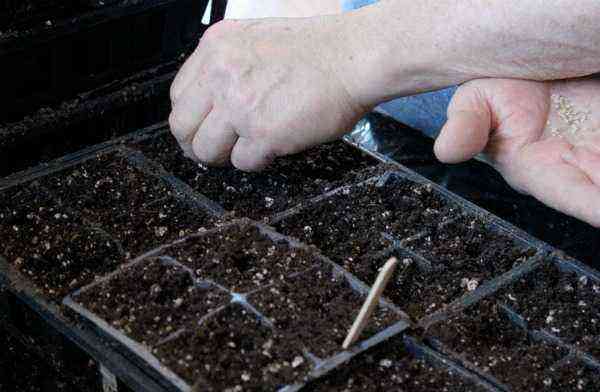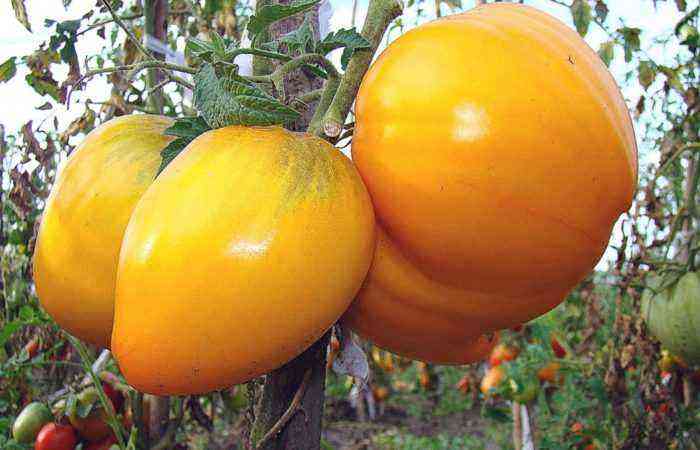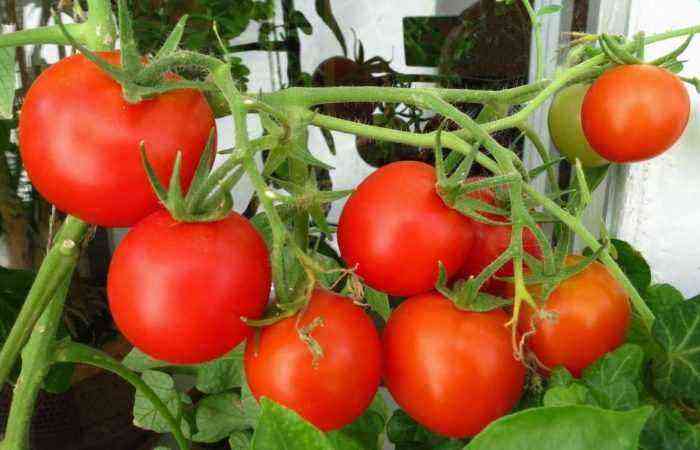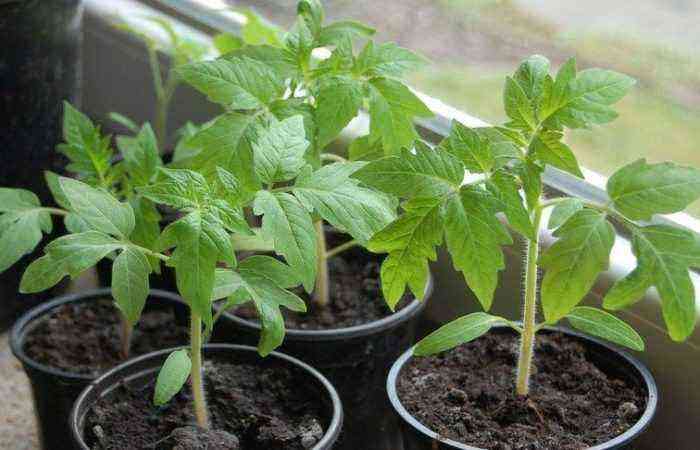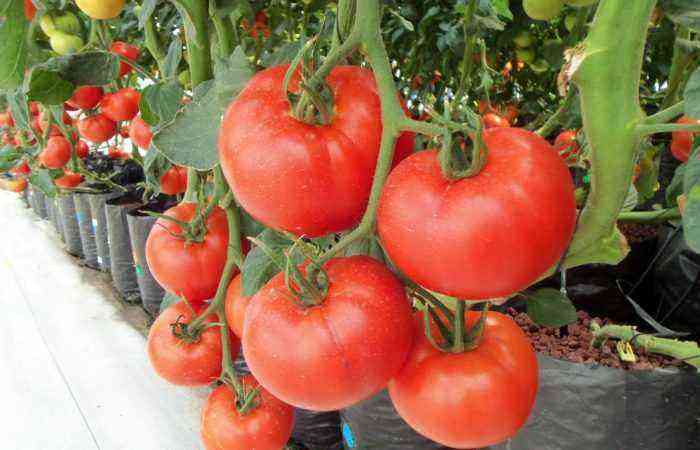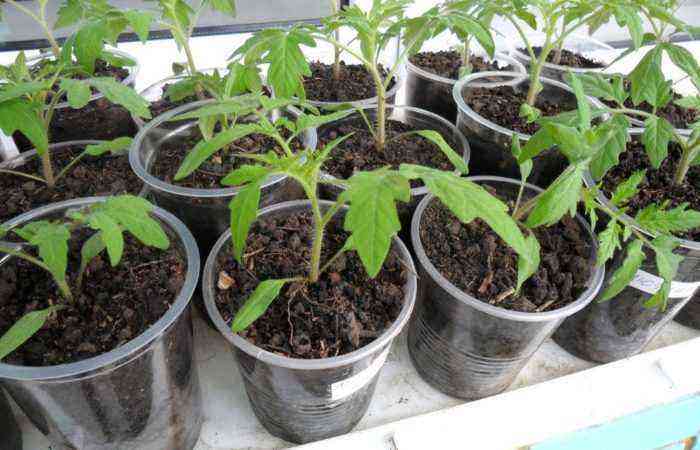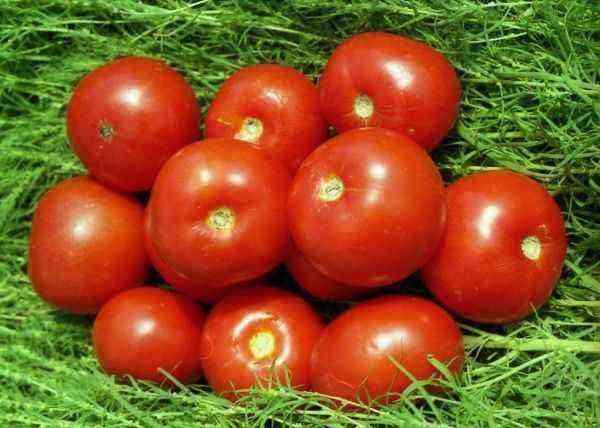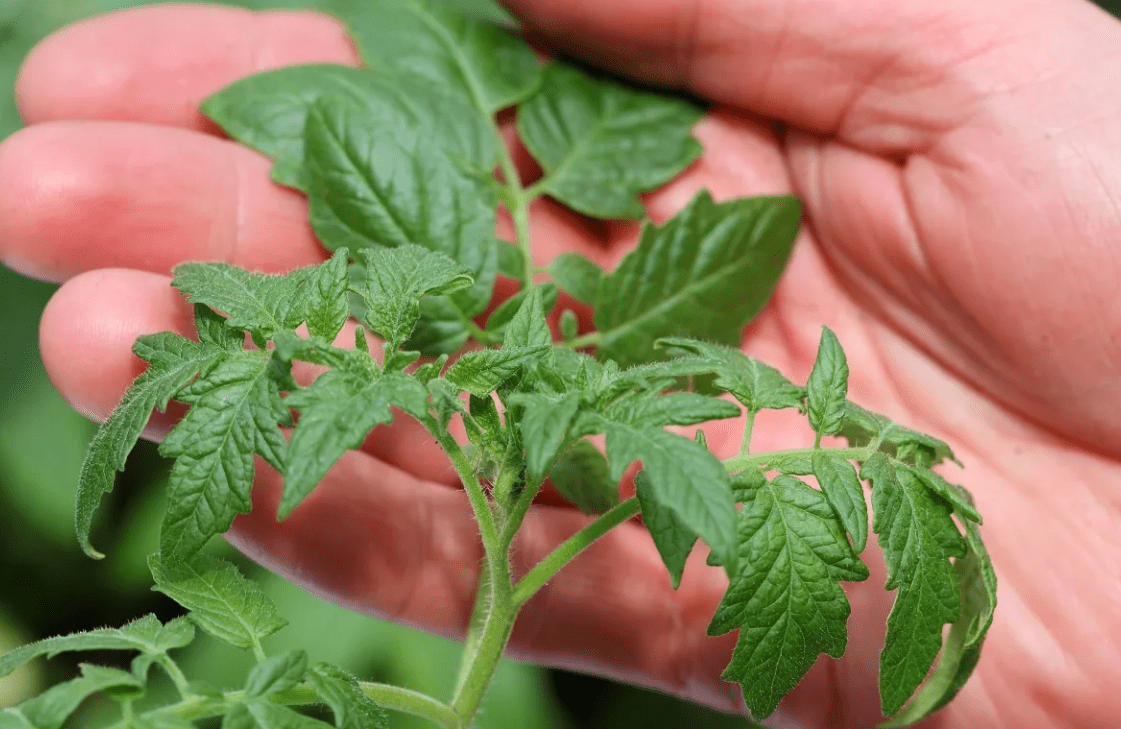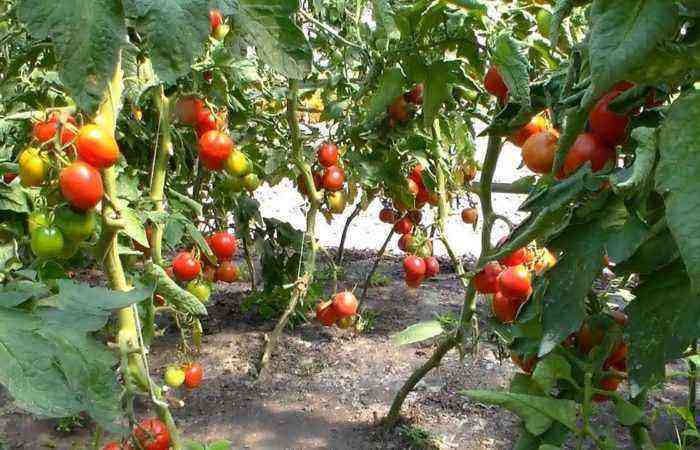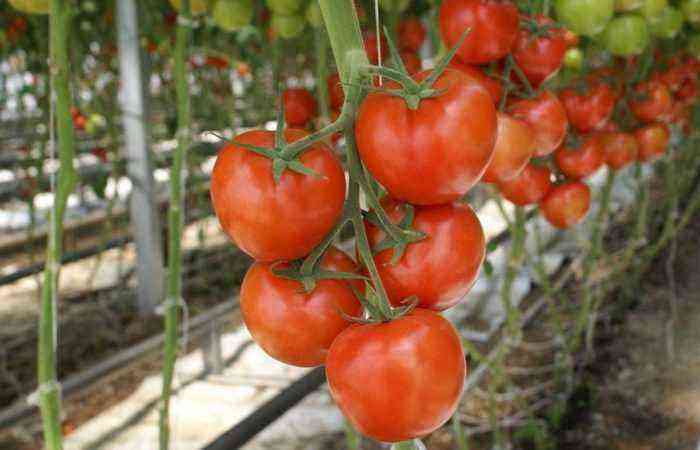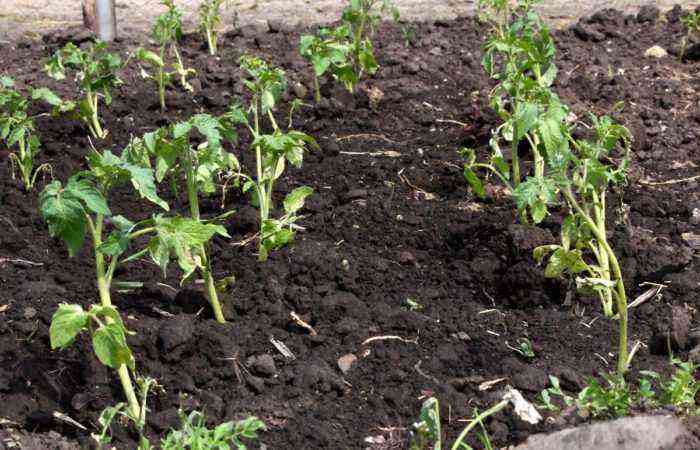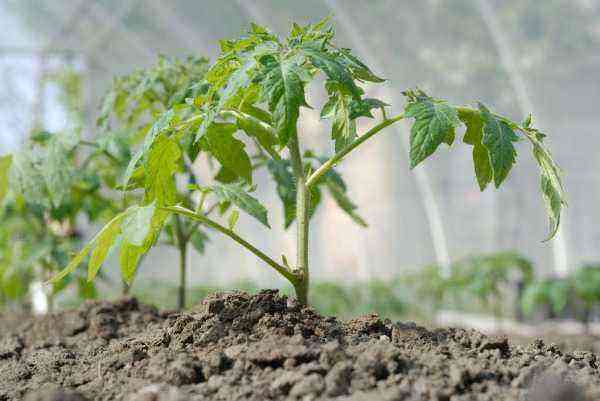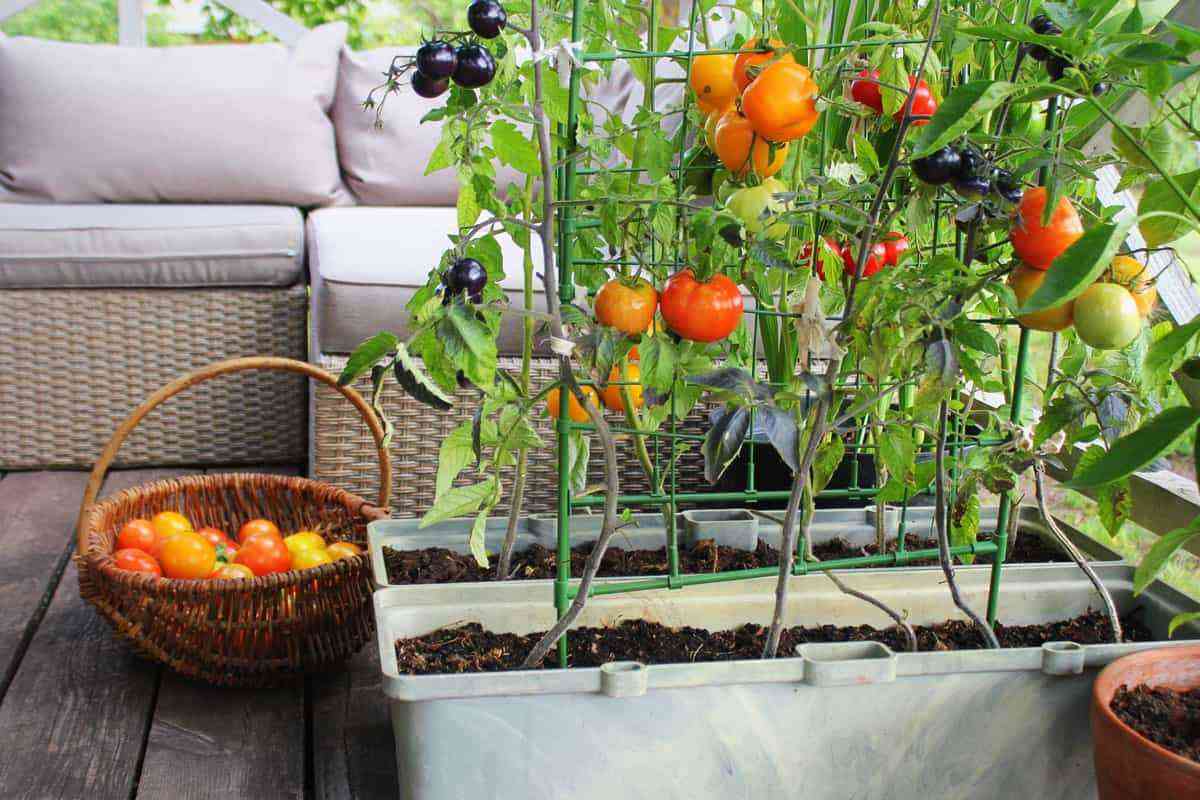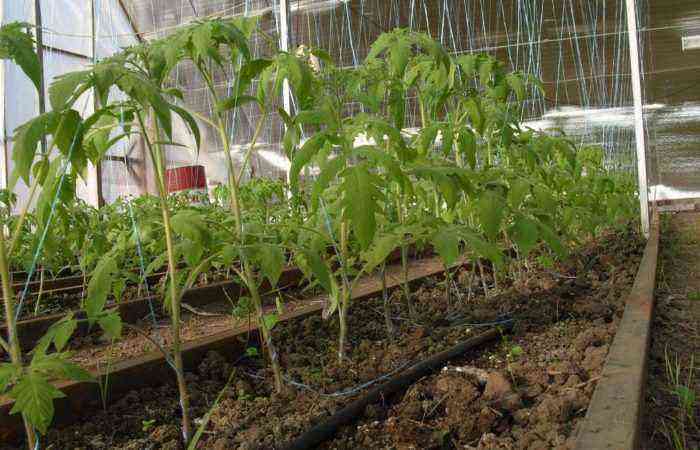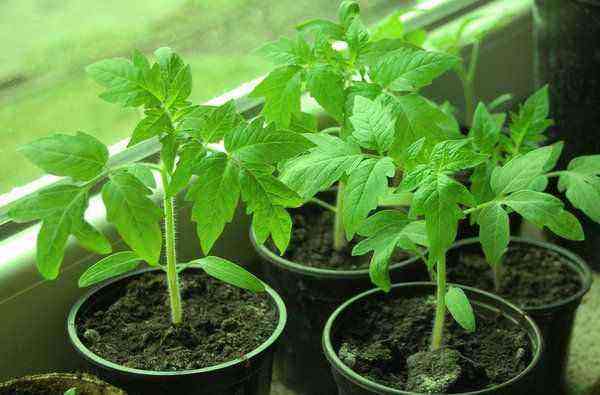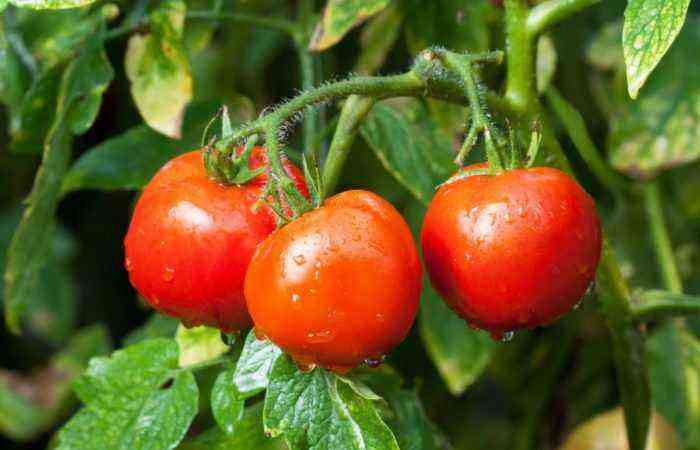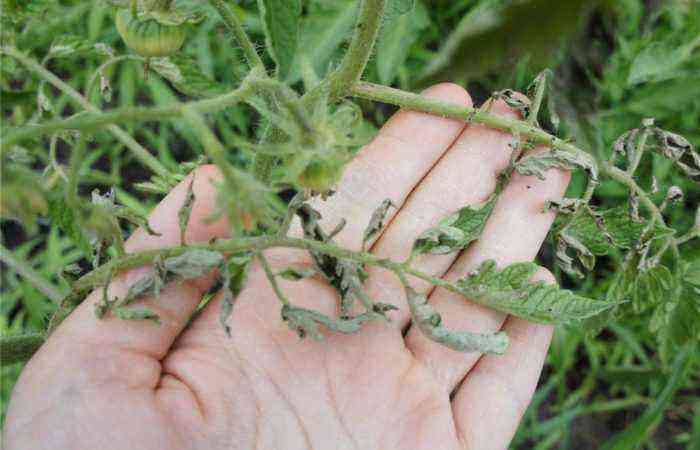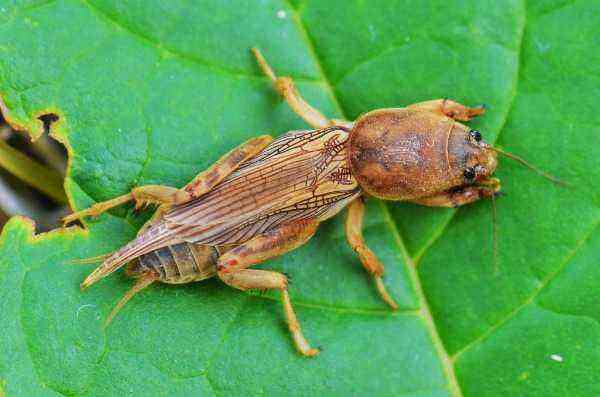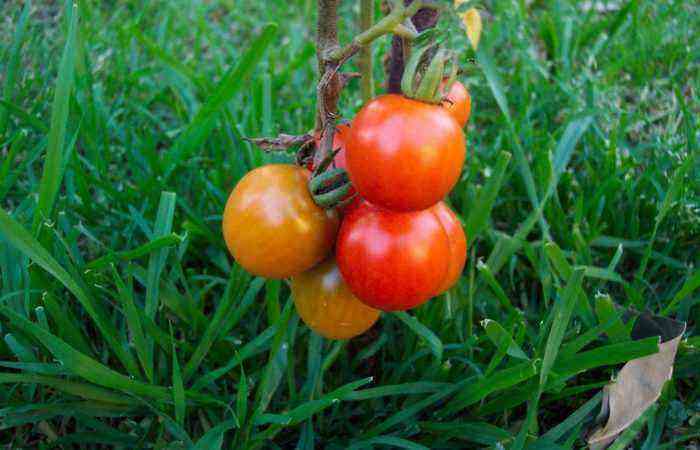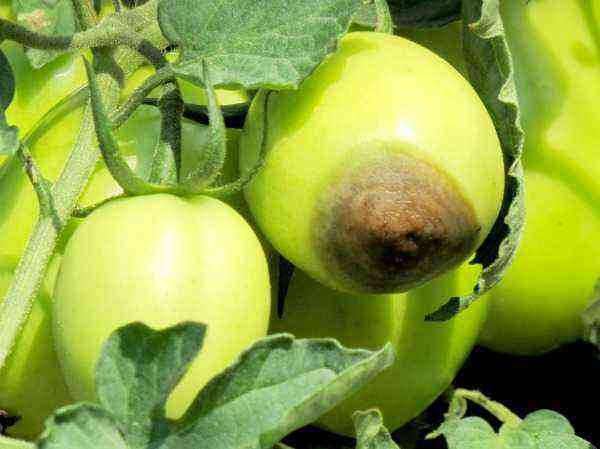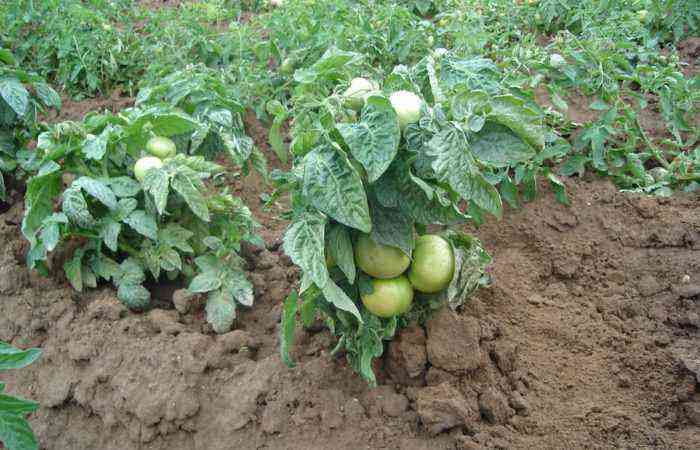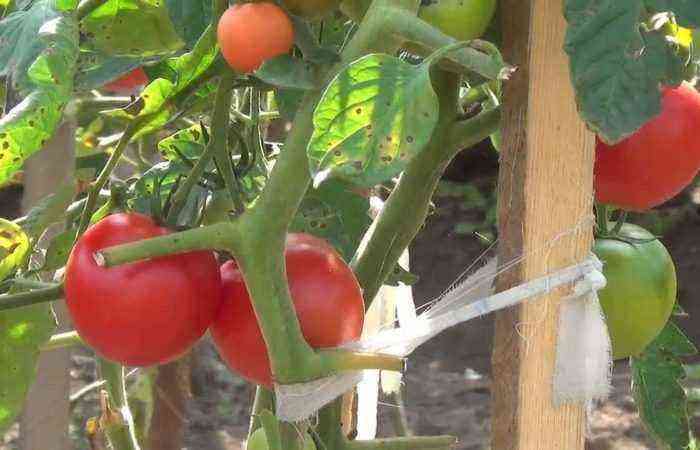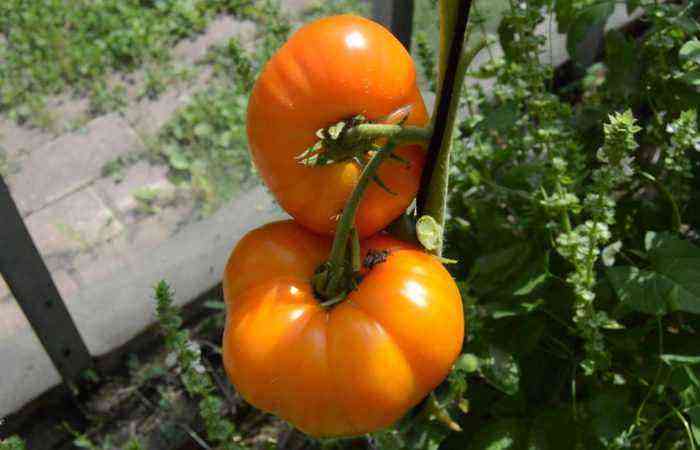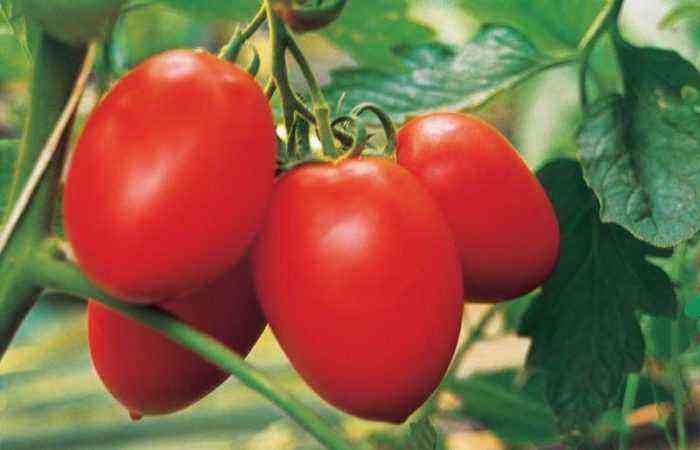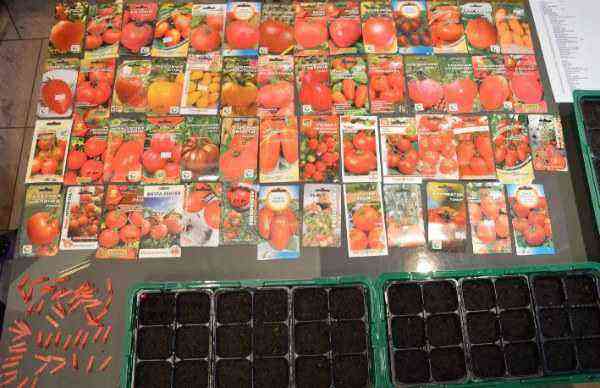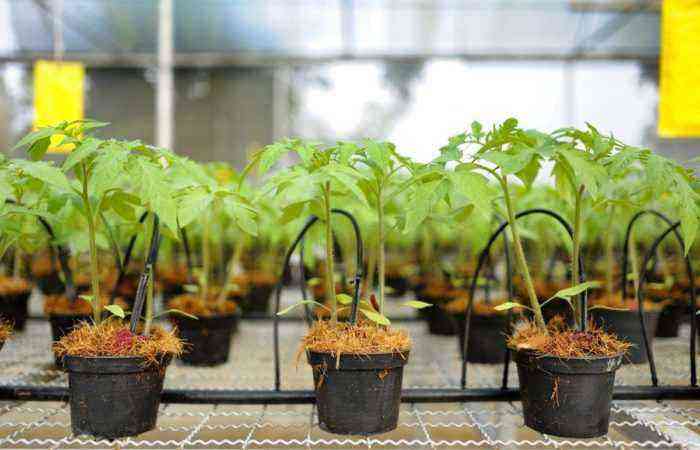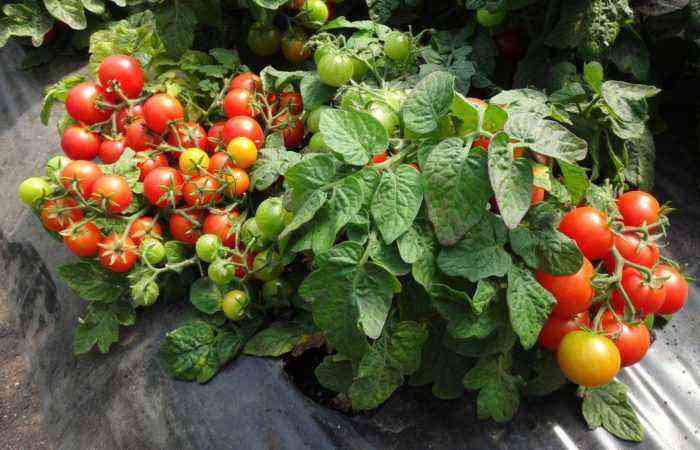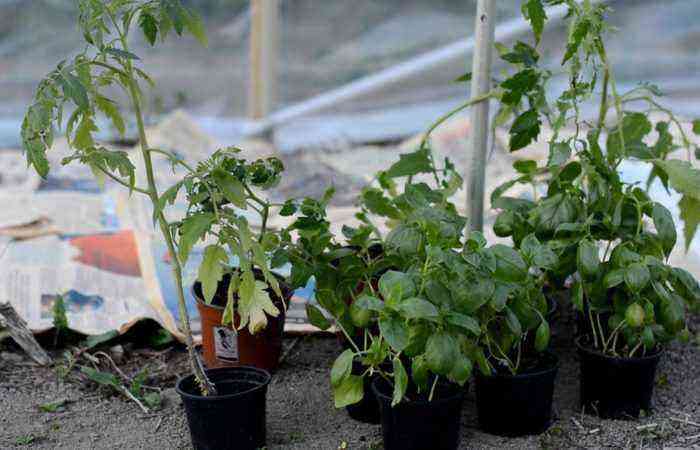The tomato row must be organized in such a way that everyone has enough food, light and air, so that the plants do not interfere with each other. Working with properly planted plants should also be convenient and easy. It is for this that it is necessary to think in advance how to place the tomatoes in the greenhouse when planting.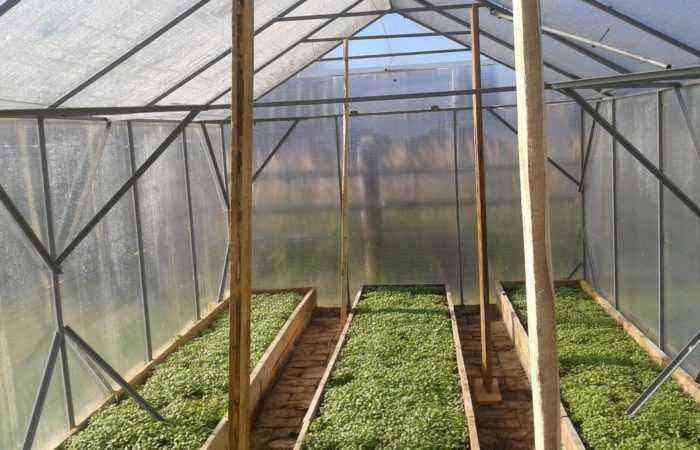
What determines the scheme for planting tomatoes in a greenhouse
Tomato plants react painfully to thickening, it not only reduces the area of uXNUMXbuXNUMXbnutrition, but also worsens illumination and ventilation. And this, in turn, contributes to the development of various diseases and even death of plants. Therefore, it is so important to organize the correct landing scheme, which is determined by the following parameters:
- tomato variety (or combination of varieties);
- bush type (formation method);
- growing season;
- the size of the plot or greenhouse;
- type of defense structure.
Planting a tomato in a greenhouse
Assumes that the plants will be planted in a line one after another at a certain interval, which depends on the selected type of bush, that is, the number of stems. This distance can vary from 25 to 70 cm. The wider the bush is formed, the greater the distance between plants.
In this way, plants are planted in narrow shelters or ridges, where it is not possible to organize several lines at the same time. This scheme contributes to the creation of good conditions for the growth and development of plants, as it provides ventilation and lighting.
Provides parallel placement of several lines. The optimal placement is in two lines, the distance between which varies from 70 to 80 cm. Here, too, the distance determines the selected type of bush.
Why is two lines the optimal number? Because, in this case, it is more convenient to take care of the plants from two sides, and they will be illuminated and ventilated from both sides too.
In tapes arranged in parallel, tomatoes are planted in greenhouses and open ground, where there is enough width for this.
In order to use the area even more effectively for the benefit of plants, they are planted in parallel lines not opposite each other, but at the level of the middle of the adjacent tape. So it turns out the alternation of plants in a checkerboard pattern.
Between lowercase or two parallel tapes leave a distance, that is, a passage. Its size also depends on the size of the bush and its height and can vary from 70 cm to 1 m. In heated greenhouses, the passage can be larger if the heating pipes are placed on the soil surface and are used to move technological equipment that is used for plant maintenance and harvesting .
This is a scheme in which the distance between plants in a row and between lines is equal to each other. Nests for landing are formed at the intersection of several parallel strips. If tall plants are planted in this way, then it will be inconvenient to serve them. The method is more suitable for undersized, standard plants, but they should not be planted too densely.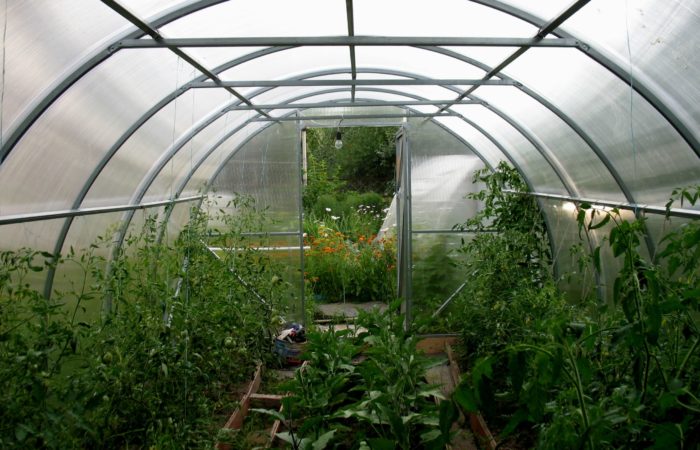
Influence of the type of tomato bush on the choice of planting pattern
It is quite clear that if tomato varieties differ only in height from 30 cm to 3 m, then the planting schemes for them must be chosen completely different:
- For indeterminate varieties.
These are tall plants, the crop of which is formed on vertically arranged stems, reaching a height of 3 m, with some technologies and more. Most often they are formed in one stem. They are planted two lines in a tape, then the light will easily pass down through the wide aisles. Such landings are convenient to maintain, they are well ventilated. If the width does not allow you to plant several two-line tapes, you do not need to make three lines, it is better to annoy one-line ones.
They are planted with a distance in a row of 25-40 cm, and the distance between the ribbons is left at least 60 cm. Passages between the ridges can be left as small as 50 cm, but it will be difficult to maintain such plantings, since if the greenhouse is high, additional supports or special carts will be required.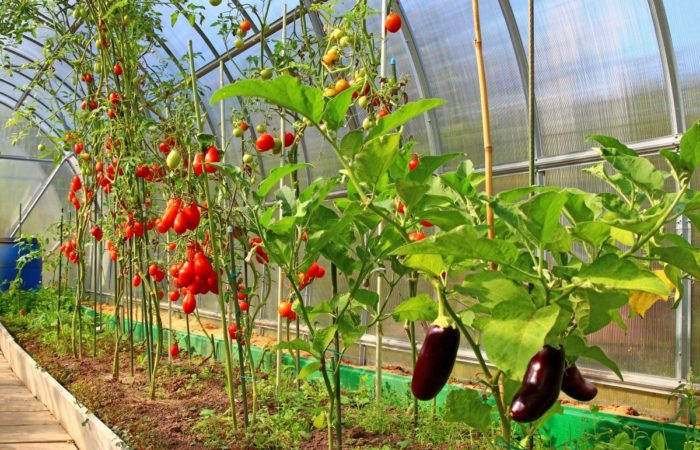
This issue is especially relevant in heated buildings, where plants are used during a long growing season and the entire height of the greenhouse is used. The distance between plants in a row depends on the type of bush and the size of the fruit clusters.
Advice! Tomatoes are planted thicker, which form into one stem, less often – into two stems. Small-fruited tomatoes are planted more densely, and large-fruited ones – a little less often.
- For determinant varieties.
Planting seedlings of this variety is done in different ways, since this group has more diverse bushes. From superdeterminant, standard, from 30 to 60 cm high, to semi-determinant up to 1,5 m high. The former are planted thicker – 25-30 cm between plants and 35-40 cm in a row or in a square-nesting way. The second – depending on the number of stems that are supposed to be left for fruiting. The distance between plants can be from 30 to 50 cm, and between rows from 50 to 70 cm.
In pitched or rounded greenhouses, mixing varieties with different physiological characteristics will help to effectively use the usable area. In the center and the highest places, tall indeterminate plants are better suited, below – tall determinant plants. Low places at the roundings of the greenhouse, places at the entrance or vents can be left for undersized precocious.
It is important to remember that a small seedling will very soon turn into an adult plant with a large number of vegetative organs, which will require enough light and air. This must be taken into account and prevent thickening of plants.
A scheme smaller than 25 × 25 cm is unacceptable even for the smallest bushes.
The author of the video tells how he plants tomato bushes in a greenhouse.
Planting hole size
A hole is a hole in the soil intended for planting a seedling. Properly prepared hole – the key to successful engraftment of seedlings. Its size depends on the volume of the pot in which the seedling was grown.
When planting, it is necessary to keep a lump of soil around the root system, then the engraftment of the plant will be quick and painless.
In general, the depth of the hole should be at least 20 cm. The root system should be placed in the hole and covered with earth so that the level of the pot is slightly lower and a recess for watering is obtained. After the seedling has taken root, this recess is sprinkled with earth.
If the seedlings in the pot have outgrown, the hole can be made somewhat freer, but the root system should not be deepened, but placed in a groove up to 30 cm deep. Seedlings of indeterminate varieties are more often pulled out.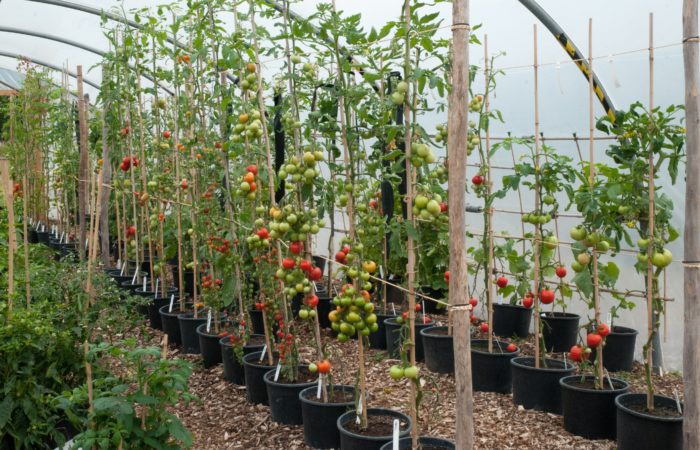
How to determine the dimensions
The number of rows is calculated based on the width of the selected area and the optimal distances between plants for the variety.
Before planting, it is better to draw a diagram on paper, then it will be possible to make changes without harming the plants.
For example, in the garden it is planned to plant two rows of tall indeterminate tomatoes, then we consider: indent from the edge (30 cm), then a row of tomatoes, the distance between rows is 60 cm, then another row of tomatoes and an indent to the path (30 cm). In other words, two rows will take 1,2 m (60 × 2). This is followed by a service path with a width of approximately 80 cm.
Then, for planting two rows with one track, 2,0 m (1,2 + 0,8) will be required, and for two rows with one track – 3,2 m (1,2 × 2 + 0,8). If the width of the site is only 3,0 m, you need to try to compact the landing. You can reduce the track to 75 cm or the distance between rows to 55 cm. If this approach does not solve the problem, two-line beds can be alternated with single-line. Thus, it is possible to draw up a planting scheme for any type of plant.
Advice! In order not to thicken the plants with a lack of space, it is better to optimize the use of the area by planting varieties with different types of bush.
The number of paths is chosen in such a way that it is easy to care for tomatoes without walking along the ridges. In addition, the paths improve ventilation and illumination in the greenhouse. Once the row spacings and the number of beds are determined, the optimal number of lanes will become apparent. Their width can vary from 75 cm for low-growing compact bushes, up to 1,2 m for tall varieties.
Planting tomatoes according to the selected technology in a standard greenhouse 3×6
For a typical greenhouse with a width of 3m, a five-row scheme with two lanes can be recommended. At the same time, two double-row ridges are placed against the walls of the greenhouse, and one row is planted in the center. The first row from the walls is assigned to low-growing varieties, the next row – tall determinant ones. They are planted in the center. The distance between the rows is 45 cm. The width of the tracks will be narrow (45 × 5 + 1 × 40 + 1 × 35 = 300).
Indeterminate and tall determinate varieties can be planted in two two-line ridges with a distance between bushes of 60 cm and one path. (4×60+1×60=300).
You can choose different schemes for planting tomatoes in a greenhouse. The main thing is to provide a microclimate with the necessary level of illumination, nutrients and moisture. And then the tomato bush will thank you with a generous harvest.
